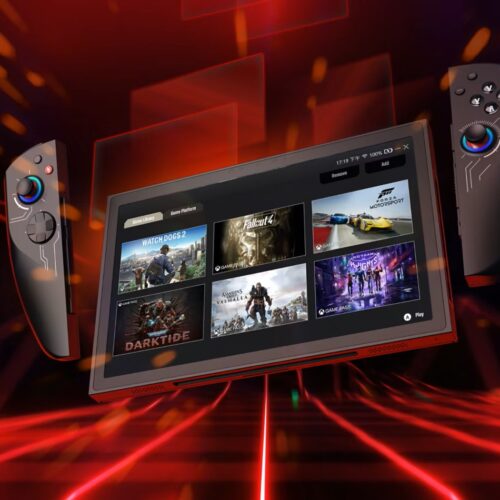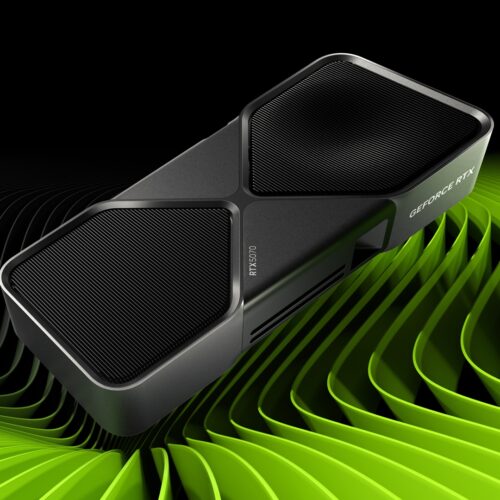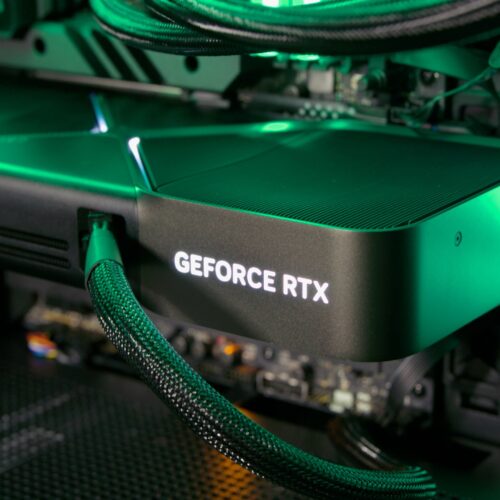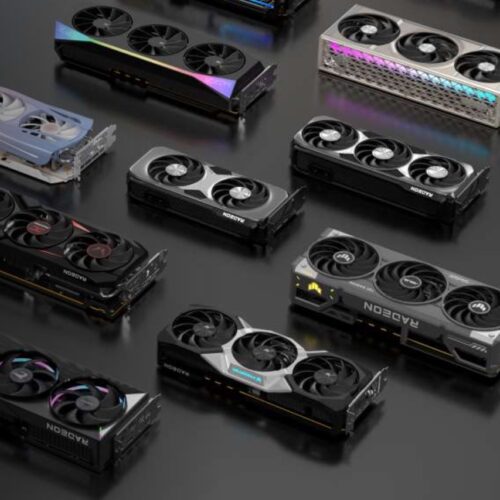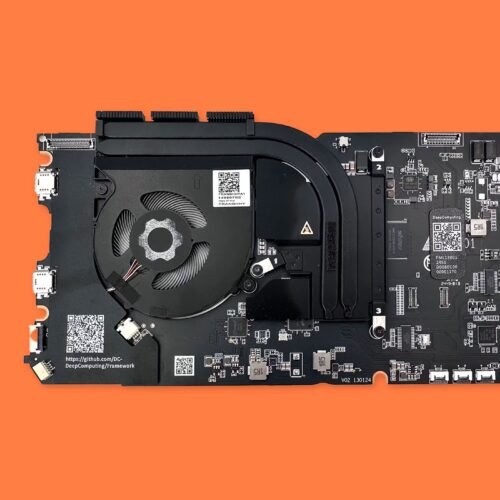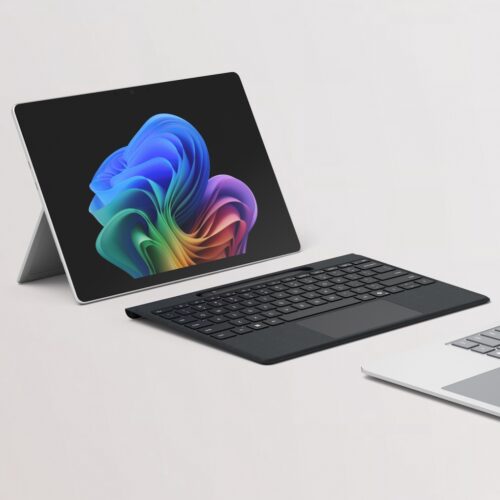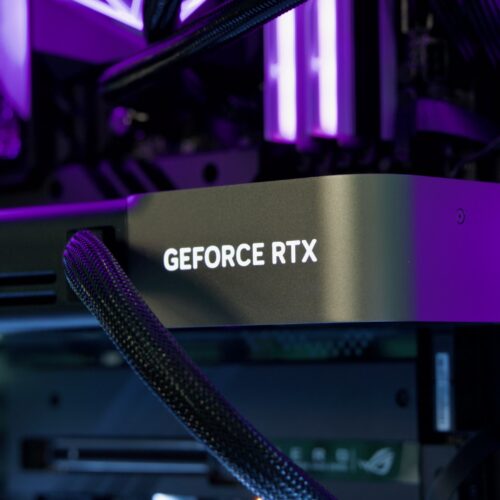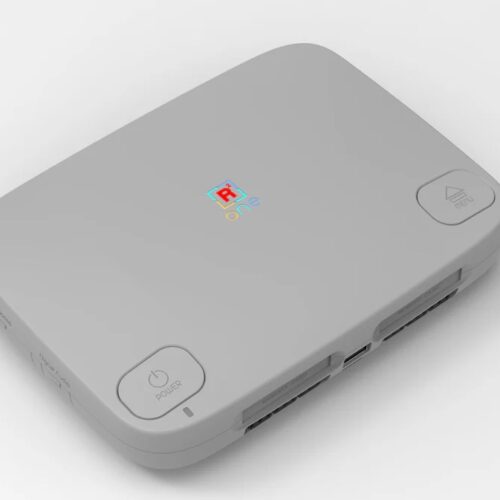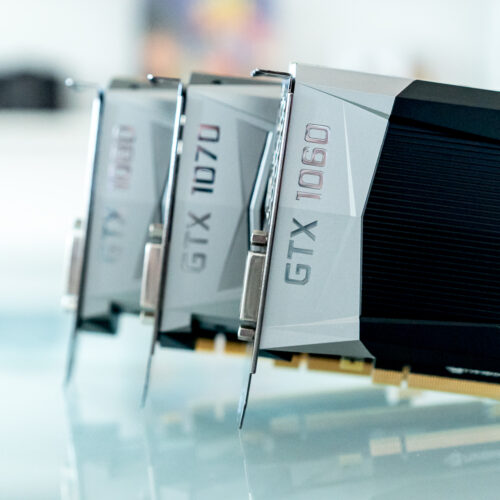Asus’ new “Fragrance Mouse” is a wireless mouse that also smells
PC- and accessory-maker Asus has never been one to shy away from a strange idea, whether it's a tablet that you need to slide your smartphone into before you can use it, a laptop touchpad that's also a screen, or going with "Rock Solid, Heart Touching" as a corporate slogan. But an announcement the company made today stands out: Asus is launching something called the Asus Fragrance Mouse, a fairly regular-looking wireless mouse that also smells.
Yes, the main differentiating feature of the Fragrance Mouse is a "refillable vial" in its underside, next to the place where you put the battery and store its 2.4 GHz USB wireless receiver when not in use. The vial stores "aromatic oils" that "can be washed and refilled with different scents." Asus doesn't make any specific recommendations about the scents that you can put in the vial, so you have a lot of latitude as to what, exactly, you can make your mouse smell like.
Aside from the customizable stink, the Fragrance Mouse is a reasonably full-featured functional PC accessory. It supports Bluetooth as well as the USB wireless dongle, three DPI levels (1,200, 1,600, and 2,400) for customizing responsiveness, and understated white and pink color options. Asus says the mouse's switches are rated for 10 million clicks, ensuring that you will be able to smell your mouse for years to come.


© Asus




